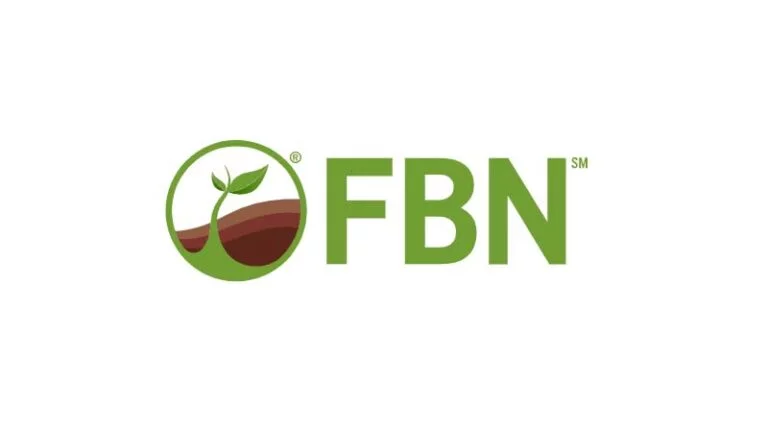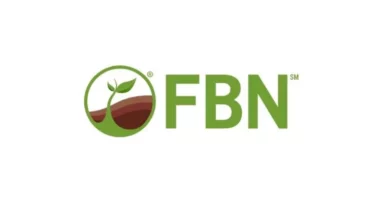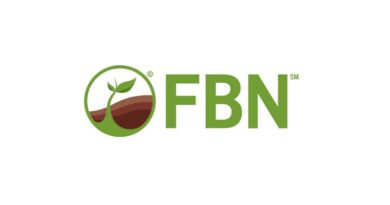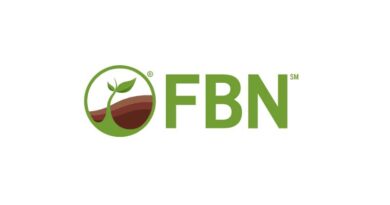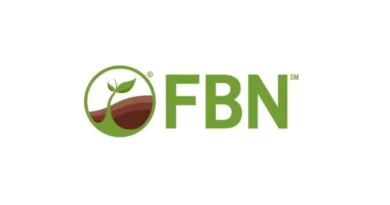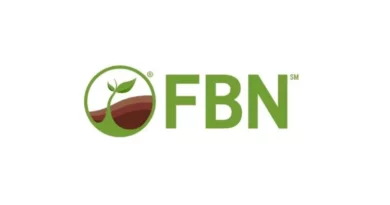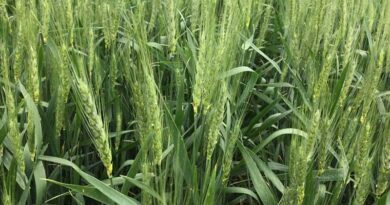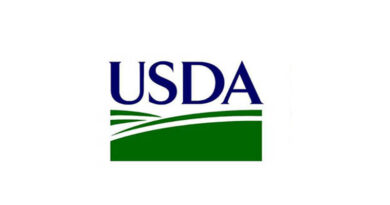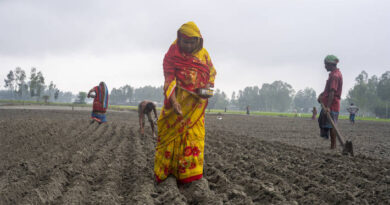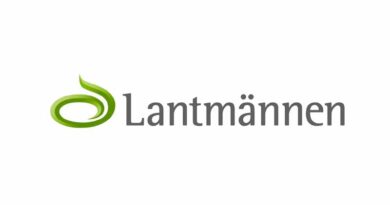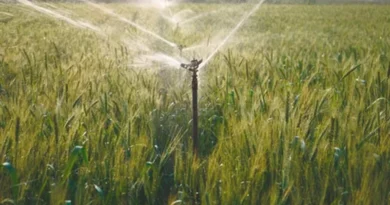How to Manage Anthracnose Stalk Rot in Corn
27 December 2023, US: Anthracnose stalk rot, instigated by the fungus Colletotrichum graminicola, is a widespread and damaging corn disease. It flourishes in environments with high humidity and temperature, the perfect breeding ground for the fungus.
Impacting the stalk’s strength and integrity, Anthracnose stalk rot-infected plants suffer significant yield losses due to premature plant death, poor grain fill, and an increased likelihood of lodging, further complicating harvest.
Moreover, the disease can also indirectly influence corn quality. Infected plants are more susceptible to secondary infections by other pathogens, which can further decrease yield and grain quality.
This post will outline:
- How to identify Anthracnose stalk rot
- Regions typically affected by Anthracnose stalk rot
- Timing of Anthracnose stalk rot
- How to manage Anthracnose stalk rot
How to Identify Anthracnose Stalk Rot
Prompt detection of Anthracnose stalk rot is key to deploying effective management strategies. The disease usually presents as small, water-soaked lesions on the lower internodes of the stalk. These lesions eventually grow and merge, forming elongated, darkened areas often blanketed with a black, powdery fungal growth.
Internally, the disease induces a discoloration of the stalk pith, changing it from a healthy white to a dark brown or black, often most visible at the nodes. In severe instances, the pith may entirely rot, leaving only the outer rind intact.
Geographic Reach of Anthracnose Stalk Rot
Geographically, Anthracnose stalk rot is most prevalent in warm, humid regions. In the United States it is particularly widespread in the Corn Belt, but it can manifest anywhere corn is grown.
Timing of Anthracnose Stalk Rot
The disease can strike at any growth stage of corn, but it inflicts the most harm during the mid to late growing season.
How to Manage Anthracnose Stalk Rot
To chemically manage Anthracnose stalk rot in corn, consider using GCS Azoxy 2SC. This fungicide contains Azoxystrobin and is approved for use on anthracnose fruit rot in corn.
Application rates for GCS Azoxy 2SC can vary depending on the crop. For corn, the typical application rate is 12 oz/ac, with a range of 6-15.5 oz/ac. Always follow the label instructions and consult with your local agricultural extension or a certified agronomist for specific recommendations based on your field conditions and the severity of the Anthracnose stalk rot.
More information about the product, including the label and safety data sheet, is available here.
Crop Protection from FBN®
Proactively scouting for and responding to fungal presence in your fields will help reduce potential crop damage and improve yield. FBN has a wide variety of effective fungicides to help address agronomic pressures and keep your operation on track.
With transparent pricing, straightforward online ordering, detailed product labels and fast direct-to-farm delivery, FBN can help you get the products you need to protect your crops.
Also Read: Farmer must learn to market his produce: Vice President Dhankhar
(For Latest Agriculture News & Updates, follow Krishak Jagat on Google News)

